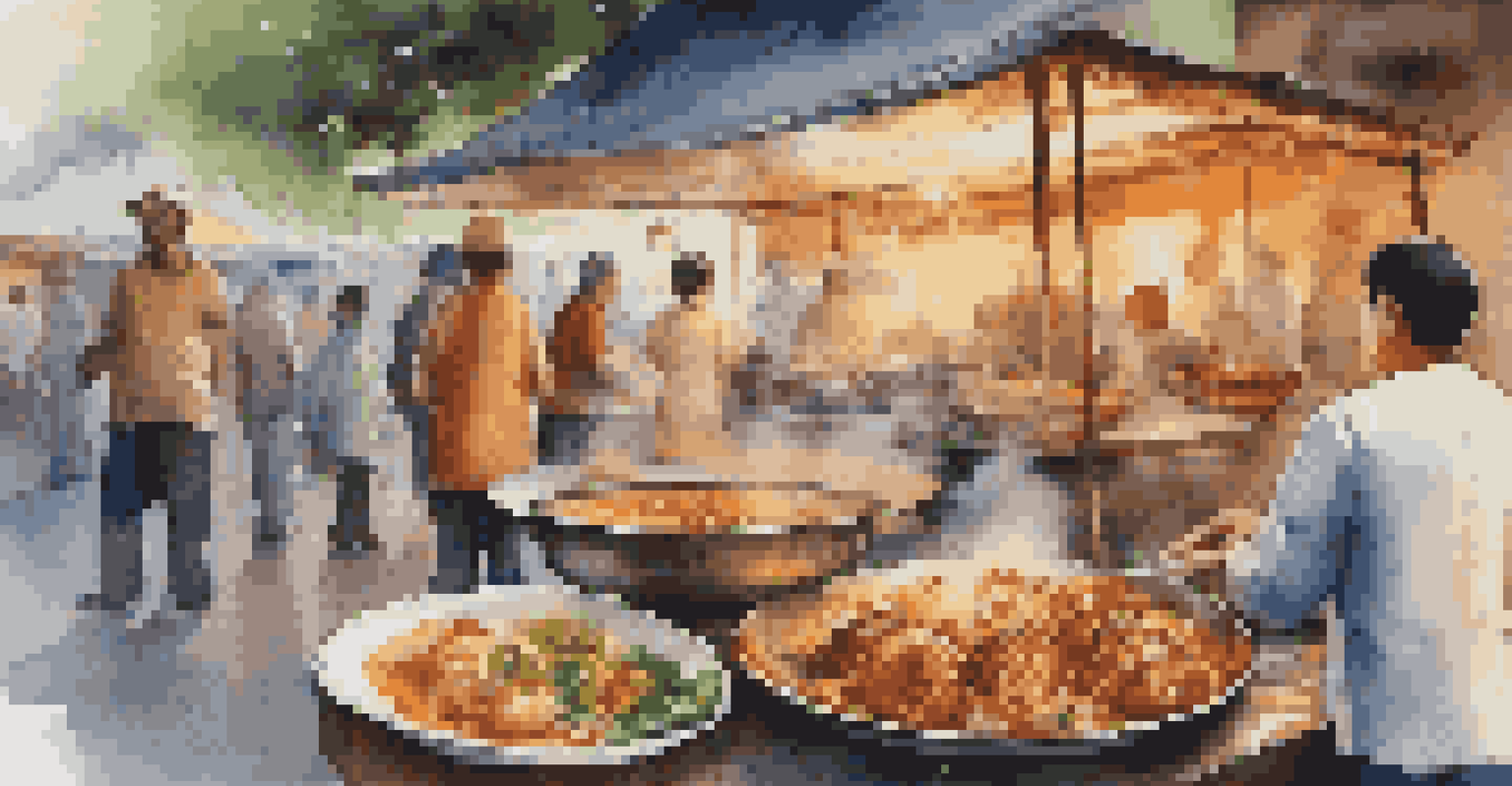Travel Photography Tips: Making the Most of Your Camera

Choose the Right Camera for Your Travel Needs
When planning for travel photography, selecting the right camera is crucial. Depending on your experience and the types of photos you want to capture, you might choose a DSLR, mirrorless camera, or even a smartphone with a great camera. Each option has its benefits; for instance, DSLRs offer versatility and high-quality images, while smartphones are compact and convenient.
Photography is the story I fail to put into words.
Consider your travel style too. If you’re hiking in the mountains, a lightweight camera that fits in your pocket might be more suitable than a bulky DSLR. Conversely, if you’re visiting the city, you might prefer a more advanced setup that allows for creative shots.
Ultimately, the best camera is the one you feel comfortable using. Familiarize yourself with its features and settings before your trip, so you can focus on capturing the moment rather than fumbling with your gear.
Master Composition Techniques for Better Shots
Composition is key to creating compelling travel photographs. One popular technique is the 'rule of thirds,' where you divide your frame into a grid of nine squares and place your subject along these lines or at their intersections. This helps create a balanced and interesting image that draws the viewer’s eye.

Another effective method is leading lines, where natural lines in the scene guide the viewer's gaze towards the subject. Roads, rivers, or paths can all serve as leading lines, adding depth and perspective to your photos.
Choose the Right Camera
Selecting a camera that matches your travel style and comfort level is essential for capturing great photos.
Don’t forget to experiment with different angles and perspectives! Sometimes, getting low to the ground or finding a higher vantage point can completely transform a shot, revealing details that you might not have noticed at eye level.
Utilize Natural Light for Stunning Effects
Lighting can make or break a photograph, especially in travel photography. Natural light is often the best option, so try to shoot during the golden hours—shortly after sunrise or before sunset—when the light is soft and warm. This can add a magical quality to your images.
The best camera is the one you have with you.
However, don’t shy away from harsh midday light completely. It can create interesting shadows and contrasts, which can enhance the drama in your photos. Experiment with different times of the day to see how the light affects your images.
Remember, you can also use natural elements to diffuse harsh light. For instance, shooting under a tree or near a building can soften the sunlight and reduce shadows on your subject.
Capture Local Culture and Authentic Moments
Travel photography isn't just about stunning landscapes; it’s also about capturing the essence of a place. Take the time to photograph local people, their traditions, and daily life. These candid moments often tell a deeper story than posed shots and can evoke strong emotions.
Approach your subjects with respect and curiosity. A friendly smile or a simple introduction can open doors to incredible images. Consider using a longer lens to capture candid moments without intruding on people’s personal space.
Master Composition Techniques
Utilizing composition techniques like the rule of thirds and leading lines can significantly enhance the visual impact of your travel photographs.
Additionally, explore local markets, festivals, and public events. These vibrant settings provide endless opportunities for dynamic and colorful shots that showcase the culture of the area.
Experiment with Different Settings and Modes
Don’t hesitate to explore your camera’s different settings and modes. While automatic mode is great for beginners, experimenting with manual settings can lead to more creative outcomes. Adjusting the aperture, shutter speed, and ISO can help you achieve the desired effect in challenging lighting conditions.
For instance, using a shallow depth of field can beautifully blur the background, making your subject stand out. Conversely, a higher aperture can keep everything in focus, which is ideal for landscapes.
Take the time to practice before your trip. Understanding how these settings impact your images will empower you to make quick adjustments on the go, ensuring you capture those fleeting moments.
Edit Your Photos for a Professional Finish
Editing is an essential part of the photography process that can elevate your images from good to great. Utilize editing software or apps to adjust exposure, contrast, and color balance. Even minor tweaks can significantly enhance the overall look of your photos.
Consider using presets or filters to maintain a consistent style across your travel photos. This can help create a cohesive visual story when sharing your adventures on social media or in albums.
Edit for Professional Quality
Editing your photos thoughtfully can transform them from good to great, ensuring they reflect the beauty of your travel experiences.
However, be cautious not to over-edit. The goal is to enhance the image while keeping it natural. Strive for a balance that reflects the true beauty of the scene you captured.
Share Your Travel Photos Thoughtfully and Creatively
Once you’ve captured and edited your travel photos, it’s time to share them! Consider the platforms where you’ll showcase your work. Instagram is perfect for vibrant, eye-catching images, while a blog allows for storytelling and context behind each photo.
Think about the narrative you want to convey. Pairing your images with engaging captions can draw viewers in and provide insight into your experiences. Sharing anecdotes about the places you visited or the people you met adds depth to your photographs.

Lastly, don’t forget to interact with your audience. Responding to comments and engaging with fellow travelers can foster a sense of community and encourage others to share their own travel stories.